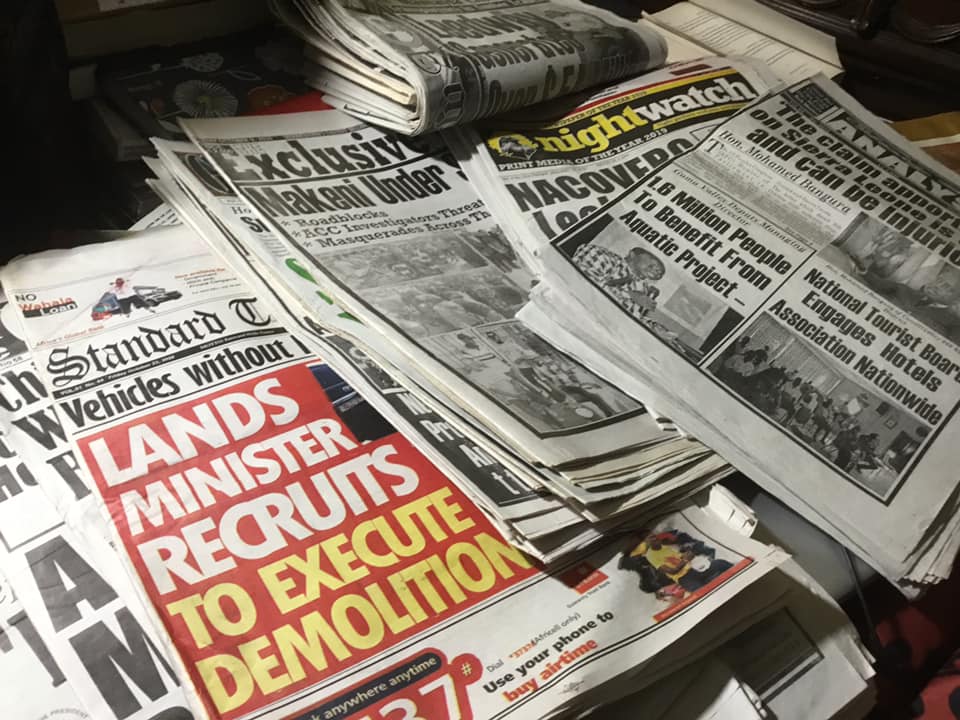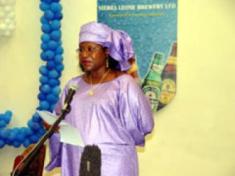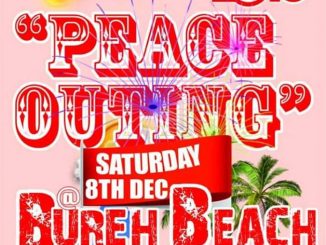
Freedom of the press is guaranteed by law in Sierra Leone. Despite a genuinely diverse media landscape, journalists are sometimes the targets of arbitrary arrest and detention.
Media landscape
The media sector is diverse and generally independent. At the end of 2022, Sierra Leone had a total of 531 media outlets, consisting of 228 radio stations, 242 newspapers, 24 magazines, 26 local TV stations, and 11 digital satellite TV stations, although many of them were operating irregularly. Alongside the state-owned broadcaster, SLBC, the leading privately owned media outlets are the AYV TV channel, the Democracy radio station and the Awoko and Standard Times daily newspapers. Radio continues to be the most popular medium, followed by TV. Community radio stations cover much of the country, while the reach of the local TV channels rarely extends beyond the cities.
Political context
Most media outlets are free of direct control by politicians, who, by law, are only allowed to create newspapers, and not radio stations or TV channels. Nevertheless, many media are influenced by politicians in practice because of a lack of financial resources or poor management. Journalists are free to investigate all subjects, including politically sensitive ones, but they often find it hard to obtain information about public institutions.
Legal framework
A provision in a 1965 public order law penalising defamation was repealed in 2020. The creation and regulation of media companies falls under the authority of the Independent Media Commission (IMC), which is free of governmental and political control. Application of the law has been revised so that media outlets, especially online sites, that emphasise sensationalism, are not recognised. Laws and policies affecting the media are drawn up in consultation with key media sector actors, including the IMC and the Sierra Leone Association of Journalists (SLAJ).
Economic context
Media outlets are concentrated in the capital, Freetown. Most journalists are poorly paid and lack the equipment they need to work properly – a situation that politicians take advantage of to influence coverage in exchange for financial, material or logistical help. Most media outlets survive on advertising revenue, although the market is severely limited. The government provides the SLAJ with budgetary support every quarter but does not subsidise independent media outlets.
Sociocultural context
Journalists are free to cover the vast majority of social issues without risking censorship or reprisals. Attacks against journalists related to gender, status, ethnicity, or religious beliefs are very rare. Nevertheless, the use of social media to relay political propaganda, disinformation, or hate speech is an increasingly frequent practice.
Safety
Violence against journalists has declined significantly in recent years and imprisonment has virtually disappeared. However, journalists are not immune to harassment and arrests by the police, who can confiscate their equipment. The main threat to journalists’ safety comes from politicians who often use the police to try to obstruct their work. Journalists also sometimes face online threats and intimidation. In April 2022, an apparent attempt was made to set fire to the home of a journalist while he and his family were asleep inside. The journalist, who is based in the north of the country, had been doing investigative reporting on sensitive subjects.




